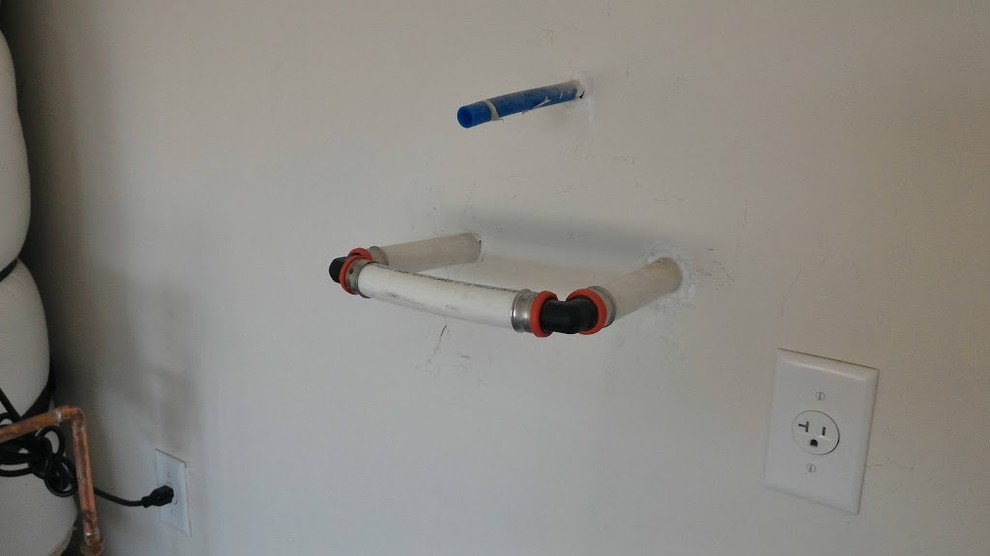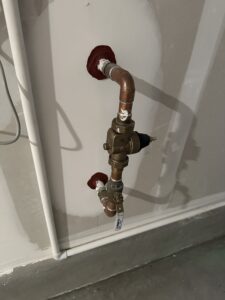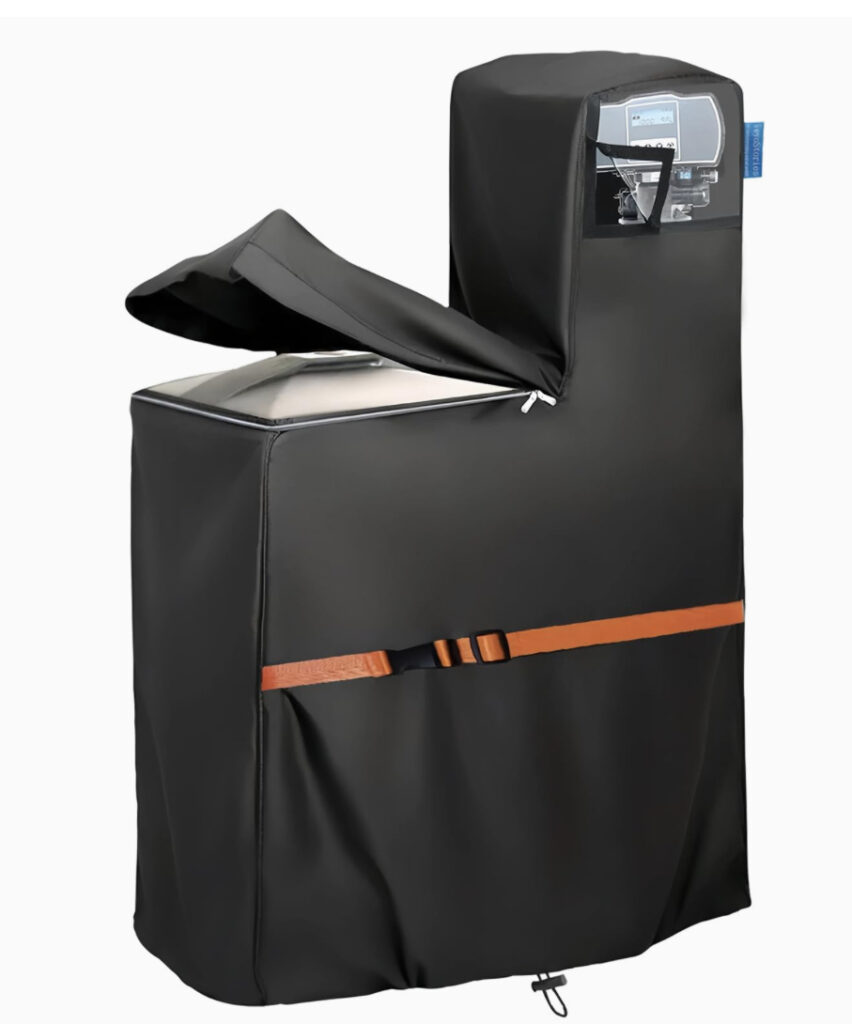Once you have purchased a water softener, the next question is where to install it in your home. Water softeners are most often installed near the incoming main water line before your water heater.
If your home is newer (built after 2000), there may be a “Loop” in your garage. The Loop is a pre-plumbed system of pipes (in the shape of a “U” at chest level) usually located in your garage. The loop provides a dedicated space for installing and servicing a water softener, making the installation process ease.

If your home does not have a Loop, there may be a Water Service Pipe, usually found in your garage. This is a pipe from the water main or other source of the potable water supply to the water distributing system of your home. A water softener may be installed at this location.

Older homes may have their main water connection on the outside. In these cases, the softener may be installed along the side of the home. While the systems are designed to be installed outside, a cover is a good idea to protect the computer circuitry in the control head. These covers will also keep the softener out of direct sunlight which may damage the electronics and visual display surface.

If your home has a basement, this may be a good location to consider for installing your water softeners. This is because basements are large enough to contain and access a softener of any size, as well as other necessary water treatment equipment. This may also be where your water heater is, so keeping your equipment centralized can help with any required maintenance.
Installing the water softener in an attic or in an inaccessible location is not recommended as salt will need to be added to the salt basin a few times per year. The softener should also be installed on a flat and level surface such as a cement slab.
Some things to keep in mind when choosing a softener location:
- Source of electricity: You will need to have a nearby 120V electrical outlet to provide power to the system.
- Access to drainage: Your water softener should be near a drainage pipe to carry away regeneration drainage water.
While soften water may be used to water your garden or for outside cleaning, it is not necessary and may waste salt and water, so it’s a better idea to keep your inside water usage separate.
The experts at Nevada Clean Water will determine the most beneficial location for the installation of your softener and then consult with you. Call us today to schedule a Free In-Home Water Purity Test.
Written by William Douglas, April 14, 2022